Una Sesión de Orientación con un Joven Atleta // An Orientation Session with a Young Athlete.(ESP-ENG)
Saludos Querida Comunidad!!!

Hoy quiero compartir una sesión que realicé con un joven deportista que acudió a mí en busca de orientación.
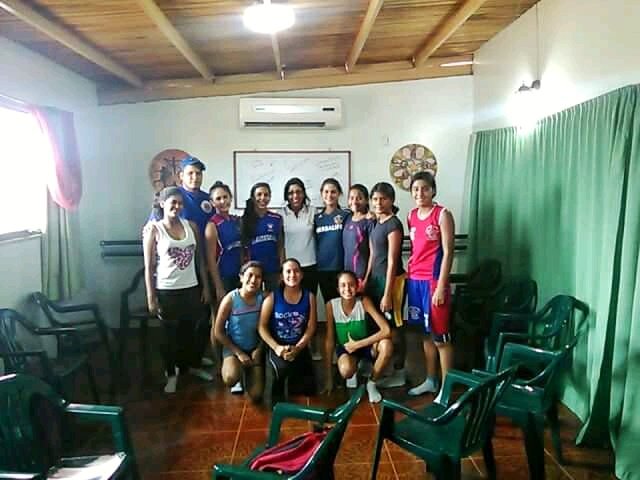
Hace cinco años estuve entrenando el aspecto emocional-mental del equipo de baloncesto femenino de Barinas, obteniendo un excelente resultado, luego el año siguiente estuve con el equipo de baloncesto masculino, también apoyándolos para un mejor desempeño y hace un año estuve con el equipo de voleibol femenino siendo de gran ayuda para el equipo.
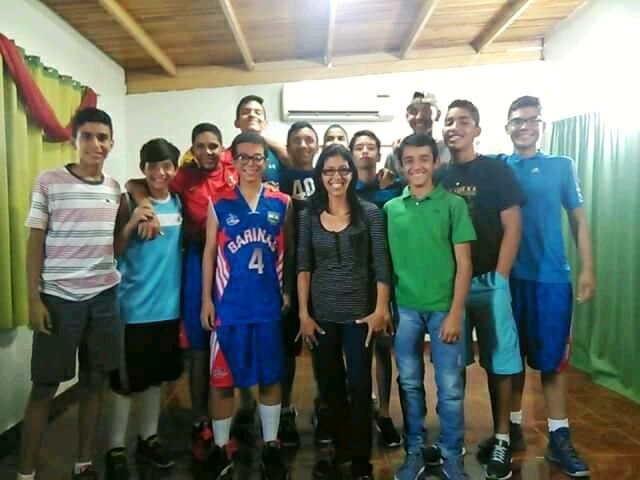
No ha estado en mis planes entrenar a estos equipos, pero estoy muy emocionada por poder aprender y entender el trabajo en equipo y la importancia del equilibrio mental y emocional para sacar el máximo potencial de los jugadores.
Cuando estoy en una sesión siempre me sorprende lo que fluye en mí y la forma de transmitir la información, y en esta oportunidad quise plasmarlo en este blog.
Ese joven practica el atletismo y es un trabajo individual por lo que el foco está más en él mismo.
La forma en que empecé la sesión fue preguntando "¿qué quieres? y no "¿qué no quieres? porque parece más fácil expresar "no quiero perder", "no quiero sentirme nervioso", "no quiero ser el último".
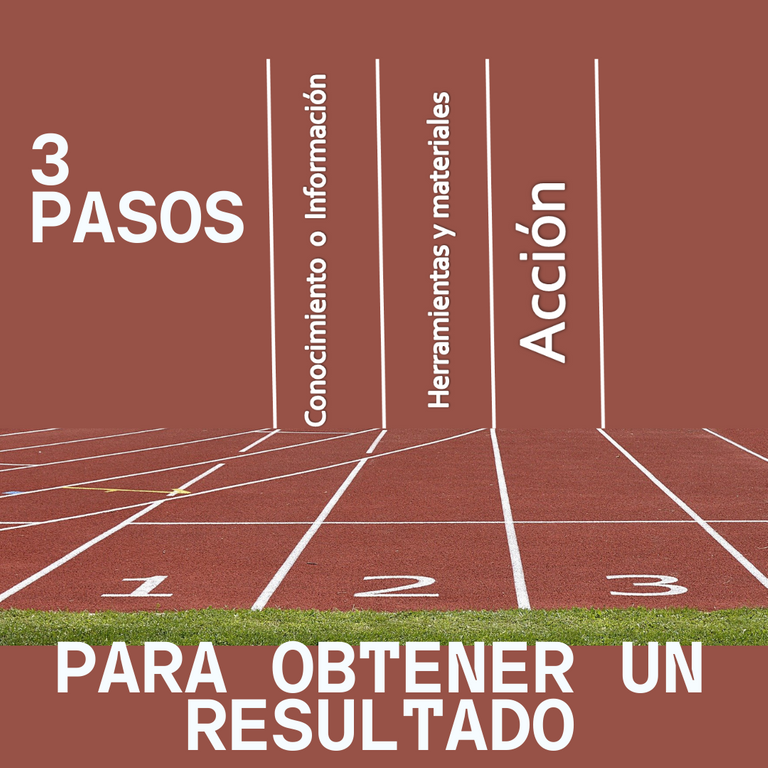
Después de tener claro lo que quiero en la afirmativa, se me ocurrió hacer el símil con un ejemplo: Quiero hacer una silla de madera. Necesitamos 3 aspectos básicos:
1º El conocimiento o información de cómo se hace una silla.
2º Las herramientas y materiales para construirla.
3º La acción de construirla.
En este caso, el joven es la madera o materia prima. Realizando todos los pasos anteriores obtendremos un RESULTADO.
Y le dije que este sería el proceso para lograr lo que quiere.
Dentro del primer punto referente al conocimiento e información como su deporte es el atletismo o correr, empezamos a hablar de los animales más rápidos y cuales son los mecanismos que utilizan.

Tenemos tres cerebros, el reptiliano, el límbico y el neocórtex. Los animales, tienen que ver más con sus instintos de supervivencia, por lo que es algo de cada especie y un mecanismo automático, hablamos del guepardo y la gacela.
El animal no piensa, simplemente utiliza su potencial y su capacidad y lo hace, en el caso de los animales que mencionamos, es ser rápido.
El joven consultor tiene madera para el deporte que practica desde los 8 años y ya tiene 16 años. Es uno de los mejores de su equipo y se desempeña bien en su área de entrenamiento y en su estado, su problema es cuando sale a competir en otros estados.
Así que tengo que identificar los obstáculos que me impiden lograr lo que quiero lograr. Y para ello el paso 1 que es el del conocimiento y la información.
Aquí llegamos al punto de la mente y las emociones, que es el cerebro límbico y el neocórtex. Exploramos los pensamientos y emociones sobre él y su actividad. Entendió que es su mente con pensamientos como: "me voy a cansar", "no estoy manteniendo el ritmo", "si no tengo una buena posición me voy a quedar atrás", uno de sus principales obstáculos.

Para ilustrar mejor lo que quería explicar sobre los pensamientos le dije; imagina que los pensamientos son cosas y que esas cosas tienen un peso, imagina que corres con todo ese peso encima, lo que piensas de ti mismo, lo que tus padres esperan de ti, lo que tu entrenador quiere que hagas y si representas a un estado, lo que tu estado quiere de ti. Fue muy divertido imaginarse corriendo con todo eso encima.
Después de entender toda esa información, pasamos a las herramientas que necesitamos para conseguir el resultado deseado.
Una de las formas de evitar que los pensamientos interfieran es estar en Alerta o en el momento presente, para ello simplemente me concentro en todo lo que me rodea, utilizando los 5 sentidos.
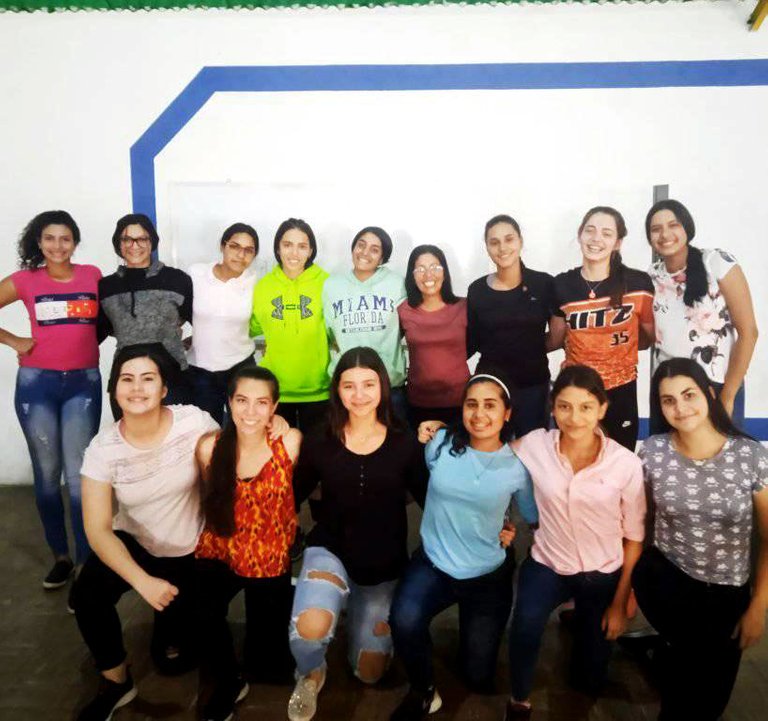
Cuando dejo de pensar me entrego a la experiencia y la disfruto. Esta es una de las cosas que he repetido a todos los jugadores, solo juega, solo disfruta, solo vive el momento, dando todo lo que eres a la experiencia.
Para todas las prácticas, el control de la respiración es muy importante para saber cómo respirar y utilizar la respiración para mejorar el rendimiento y la concentración. Yo sólo respiro y me concentro en la respiración.

También es muy importante el sistema de creencias, lo que pienso de mí y lo que creo de mí, liberándonos de todos los mensajes de la infancia y dando un nuevo orden.
Todo lo que le digas a tu cerebro lo ejecutará y creerá, por lo que repetir y creer en nuevas frases facilitará la obtención del resultado. En el caso del joven consultor le propuse cambiar los pensamientos y en vez de pensar soy lento cambiarlo por soy rápido, soy veloz.
Otra estrategia que le di fue decirle a su cerebro, como su deporte es el atletismo, cada vez que cruce la línea de meta para hacer otra vuelta, debe decirle a su cerebro, estamos empezando a correr, así se reinicia y se toman nuevas fuerzas para continuar.
Estos son consejos que se pueden utilizar al principio para condicionar la mente y el cuerpo a un mayor rendimiento, después de aprender el resultado que queremos solo con activar el cuerpo y la mente lo harán por sí mismos.
Ahora solo queda poner en acción toda esta información, les iré informando de los resultados en un próximo post, respecto a mis sesiones.
Gracias por leer!!

- Fotos tomadas por @aldara desde su telefonoRedmi.
- Recursos gratuitos utilizado de canva y pixabay 1, 2, 3, 4,5
- Traducción realizada con Deepl.
English version

Today I want to share a session I did with a young athlete who came to me for guidance.

Five years ago I was coaching the emotional-mental aspect of the women's basketball team of Barinas, obtaining an excellent result, then the following year I was with the men's basketball team, also supporting them for better performance and a year ago I was with the women's volleyball team being of great help to the team.

It has not been in my plans to coach these teams, but I am very excited to be able to learn and understand teamwork and the importance of mental and emotional balance to get the most out of the players.
When I am in a session I am always surprised by what flows in me and how I convey the information, and in this opportunity, I wanted to capture it in this blog.
That young man practices athletics and it is an individual work so the focus is more on himself.
The way I started the session was by asking "what do you want? and not "what don't you want? because it seems easier to express "I don't want to lose", "I don't want to feel nervous", "I don't want to be the last one".
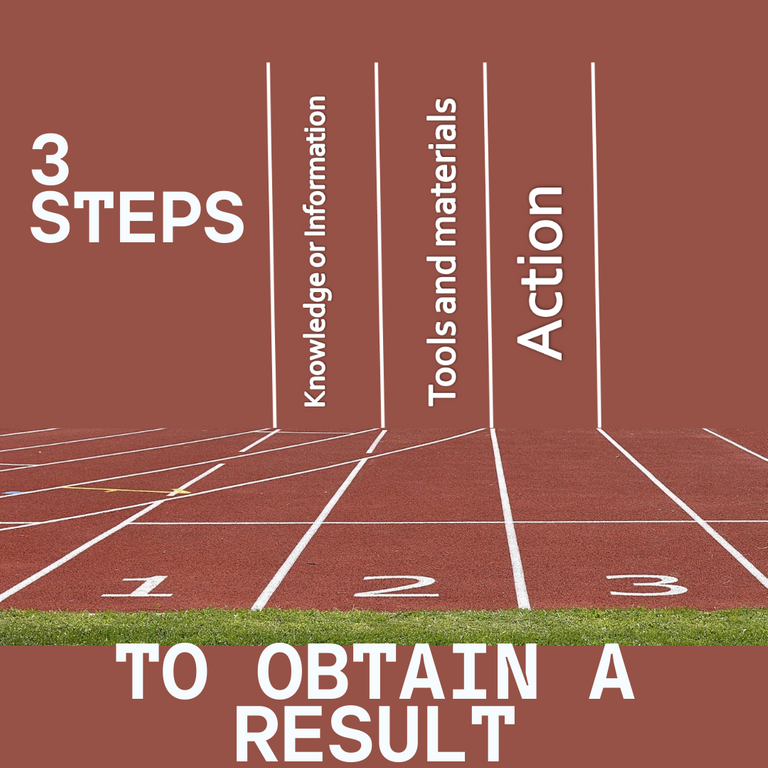
After being clear about what I want in the affirmative, it occurred to me to make the simile with an example: I want to make a wooden chair. We need 3 basic aspects:
1º The knowledge or information of how a chair is made.
2º The tools and materials to build it.
3º The action of building it.
In this case, the young person is the wood or raw material. Performing all the above steps we will obtain a RESULT.
And I told you that this would be the process to achieve what you want.
Within the first point regarding knowledge and information as his sport is athletics or running, we started talking about the fastest animals and what are the mechanisms they use.

We have three brains, the reptilian, the limbic, and the neocortex. The animals, have to do more with their survival instincts, so it is something of each species and an automatic mechanism, we talk about the cheetah and the gazelle.
The animal does not think, it simply uses its potential and its capacity and it does, in the case of the animals we mentioned, is to be fast.
The young consultant has a knack for the sport he has been practicing since he was 8 years old and is now 16 years old. He is one of the best in his team and performs well in his training area and his state, his problem is when he goes out to compete in other states.
So I have to identify the obstacles that prevent me from achieving what I want to achieve. And for that step 1 which is knowledge and information.
Here we come to the point of the mind and emotions, which is the limbic brain and the neocortex. We explored thoughts and emotions about it and its activity. He understood that it is his mind with thoughts like: "I'm going to get tired", "I'm not keeping the pace", "if I don't have a good position I'm going to fall behind", one of his main obstacles.
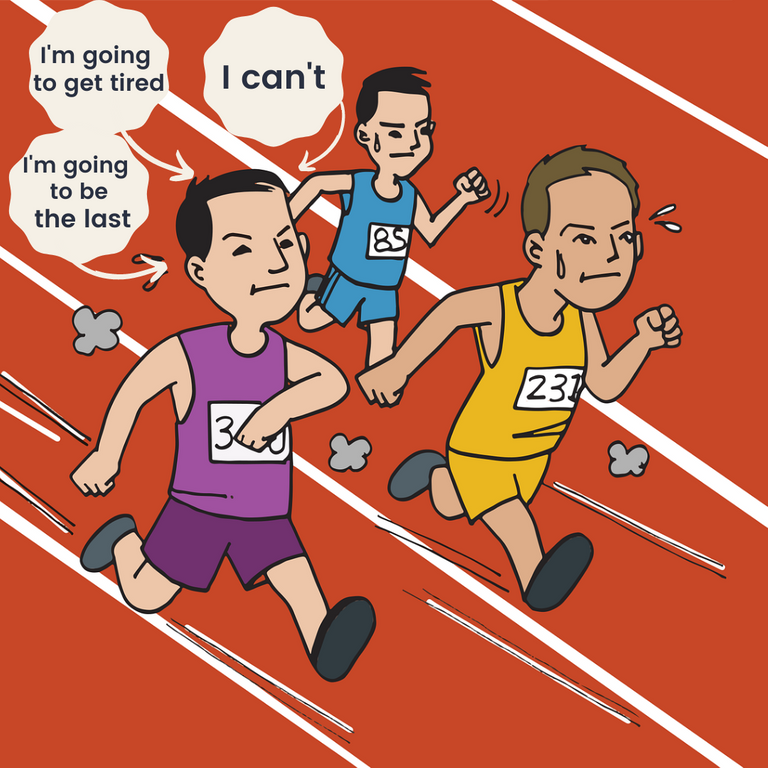
To better illustrate what I wanted to explain about thoughts I told him; imagine that thoughts are things and that those things have weight, imagine running with all that weight on you, what you think of yourself, what your parents expect of you, what your coach wants you to do and if you are representing a state, what your state wants from you. It was a fun time to imagine running with all of that on top of you.
After we understood all that information, we moved on to the tools we need to achieve the desired result.
One of the ways to prevent thoughts from interfering is to be in Alertness or the present moment, for that I just concentrate on everything around me, using all 5 senses.

When I stop thinking I give myself to the experience and I enjoy it. This is one of the things I have repeated to all the players, just play, just enjoy, just live the moment, giving all that you are to the experience.
For all practices breath control is very important to know how to breathe and use the breath for better performance and concentration. I just breathe and concentrate on breathing.

The belief system is also very important, what I think about me and what I believe about me, freeing us from all the messages of childhood and giving a new order.
Whatever you tell your brain it will execute and believe, so repeating and believing in new phrases will make it easier to get the result. In the case of the young consultant, I proposed to him to change his thoughts, and instead of thinking I am slow to change it to I am fast, I am fast.
Another strategy I gave him was to say to his brain, as his sport is athletics, every time he crosses the finish line to do another lap, he should say to his brain, we are starting to run, this is how to restart and get new strength to continue.
These are tips that can be used in the beginning to condition your mind and body to higher performance, after learning the result we want just by activating your body and mind they will do it by themselves.
Now it only remains to put into action all this information, I will be informing you of the results in a future post, regarding my sessions.
Thanks for reading.

Congratulations @aldara! You have completed the following achievement on the Hive blockchain and have been rewarded with new badge(s):
Your next target is to reach 70 posts.
You can view your badges on your board and compare yourself to others in the Ranking
If you no longer want to receive notifications, reply to this comment with the word
STOPTo support your work, I also upvoted your post!
Check out the last post from @hivebuzz:
@tipu curate
Upvoted 👌 (Mana: 80/100) Liquid rewards.
felicitaciones amiga @aldara por tu hermosa labor. Saludos
Gracias amiga @nina81 por tu valioso comentario.Abrazos!!!
Buen trabajo de motivacion a un atleta, continua asi amiga bella... felicitaciones
Gracias @hugovidamar por tu visita y comentario, es maravilloso acompañar a jóvenes con muchos sueños y talentos. Saludos!!